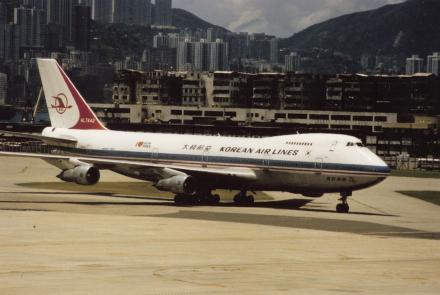While flying from Anchorage, Alaska to Seoul, South Korea on September 1, 1983, a Korean Air Lines jumbo jetliner strayed into Soviet airspace. The error proved tragic.
What Happened
Mostly out of range of land-based radio beacons and air traffic radar stations, the crew of KAL Flight 007 had to depend on inertial navigation. But flying without an assigned navigator, the pilot and copilot failed to notice that the plane’s autopilot was not following the waypoints programmed into the inertial navigation system.
The Consequences
The Boeing 747 strayed more than 180 kilometers (110 miles) off course and into Soviet airspace. It was seen as a potential threat, and fighter planes were ordered to shoot it down. All 269 people on board perished. The incident greatly increased East-West tensions. President Ronald Reagan used the incident to draw a contrast with the secretive Soviet Union by emphasizing that GPS was to be freely available to civilian users around the world.
Lessons Learned
The tragedy highlighted a continuing issue with over-reliance on automated navigation systems. The flight crew trusted a specific system so much that they ignored other indications of error. The use of GPS in recent years has helped reduce navigational errors, but accidents due to complacency still occur.





